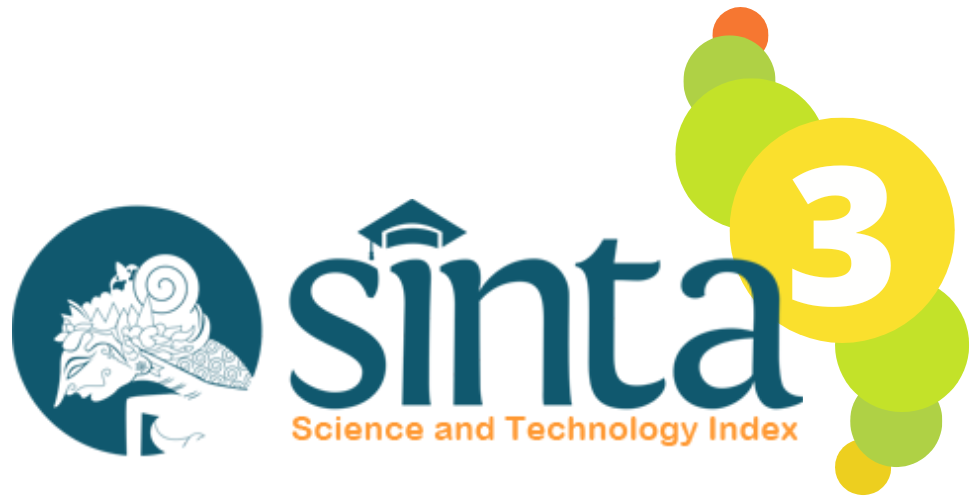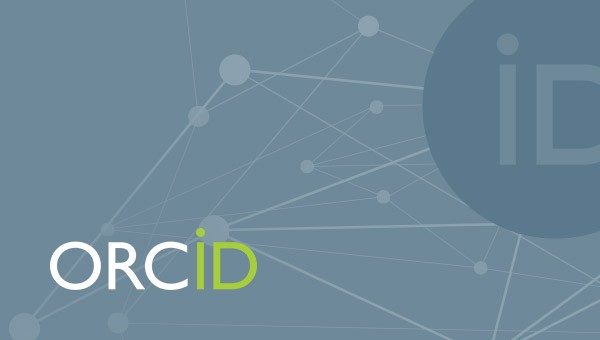Identification of Critical Thinking Skills in Physics Based on Students Thinking Style in Class XI SMAN 5 Wajo
DOI:
10.29303/jpft.v11i1.8052Published:
2025-03-30Issue:
Vol. 11 No. 1 (2025): January-JuneKeywords:
Critical Thinking Skills, Thinking Style, PhysicsArticles
Downloads
How to Cite
Downloads
Metrics
Abstract
This research is a quantitative study which aims to determine the description of critical thinking abilities in physics in terms of students' thinking styles. The thinking styles that will be used in this research are concrete sequential, abstract sequential, concrete random, and abstract random thinking styles. The sample in this research was all 37 students in class XI of SMAN 5 Wajo. Data collection techniques use thinking style tests and physics critical thinking ability tests. The thinking style instrument used in this research is an instrument developed by De Porter which consists of 15 numbers with four answer choices. Meanwhile, students' critical thinking abilities are in the form of test instruments. The research data were analyzed using descriptive statistical analysis, data presentation and drawing conclusions. Based on the results of data analysis, it was found that students who had a dominant concrete sequential thinking style had the critical thinking category, students who had a dominant abstract sequential thinking style had a level of critical thinking ability in the very critical category, while students who had a dominant concrete random thinking style had The level of critical thinking ability is in the non-critical category, and students who have a dominant abstract random thinking style have the level of critical thinking ability in the moderately critical category.
References
Afrianti, Eva. (2019). Keterampilan Berpikir Kritis dalam Mata Pelajaran Fisika pada Peserta Didik Kelas X IPA di SMA Negeri 3 Polewali. Pendidikan Fisika. Makassar:Universitas Muhammadiyah Makassar. https://digilibadmin.unismuh.ac.id/upload/6046-Full_Text.pdf.
Azmi, I., Prasetya, D. S. B., & Sabrun, S. (2025). Profil Berpikir Kritis Siswa SMP pada Mata Pelajaran IPA. Journal of Classroom Action Research, 7(1), 163-175.
Creswell, J. D. (2018). Research Design: Qualitative, Quantitative, and Mixed Methods Approaches. SAGE Publications.
De Porter, B & Hernacki, M. (2015). Quantum Learning: Membiasakan Belajar Nyaman dan Menyenangkan. Bandung: Kaifa.
Devy, N. K., Halim, A., Syukri, M., Yusrizal, Y., Nur, S., Khaldun, I., & Saminan, S. (2022). Analysis of Understanding Physics Concepts in terms of Students' Learning Styles and Thinking Styles. Jurnal Penelitian Pendidikan IPA, 8(4), 1937-1943. DOI: https://doi.org/10.29303/jppipa.v8i4.1926
Dwirahayu, G., & Firdausi, F. (2016). Pengaruh gaya berpikir terhadap kemampuan koneksi matematis mahasiswa. JPPM (Jurnal Penelitian dan Pembelajaran Matematika), 9(2). https://jurnal.untirta.ac.id/index.php/JPPM/article/view/999.
Evendi, E., Kusaeri, A., Kusaeri, A., Pardi, M., Sucipto, L., Bayani, F., & Prayogi, S. (2022). Assessing Students' Critical Thinking Skills Viewed from Cognitive Style: Study on Implementation of Problem-Based e-Learning Model in Mathematics Courses. Eurasia Journal of Mathematics, Science and Technology Education, 18(7). DOI: https://doi.org/10.29333/ejmste/12161
Ennis, R. H. (2011, July). The nature of critical thinking: An outline of critical thinking dispositions and abilities. In Sixth International Conference on Thinking, Cambridge, MA (pp. 1-8).
Febrianti, W., Zulyusri, Z., & Lufri, L. (2021). Meta analisis: pengembangan soal HOTS untuk meningkatkan kemampuan berpikir kritis peserta didik. Bioilmi: Jurnal Pendidikan, 7(1), 39-45. DOI: https://doi.org/10.19109/bioilmi.v7i1.9506
Firdaus, A., Nisa, L. C., & Nadhifah, N. (2019). Kemampuan Berpikir Siswa pada Materi Barisan dan Deret Berdasarkan Gaya Berpikir. Kreano, Jurnal Matematika Kreatif-Inovatif, 10(1), 68-77. https://journal.unnes.ac.id/nju/index.php/kreano/article/view/17822. DOI: https://doi.org/10.15294/kreano.v10i1.17822
Ismail, I., Hasanuddin, H., & Chandra, A. (2023). The influence of thinking styles and learning styles on student learning achievement. Al-Ishlah: Jurnal Pendidikan, 15(1), 193-202. DOI: https://doi.org/10.35445/alishlah.v15i1.2896
Juliyanti, K., & Syahfitri, J. (2024). Exploring the Link Between Critical Thinking Styles and Students’ Critical Thinking Ability in Biology Education. Al-Ishlah, 16(4). https://doi.org/10.35445/alishlah.v16i4.5800. DOI: https://doi.org/10.35445/alishlah.v16i4.5800
Komariyatin, P., & Dimas, A. (2022). Studi Literatur Efektifitas Model Pembelajaran Problem Based Learning dan Problem Solving Terhadap Kemampuan Berpikir Kritis Siswa Menengah Pertama. Wacana Akademika: Majalah Ilmiah Kependidikan, 6(1), 87-94.
Lusiana, R. (2017). Analisis Kesalahan Mahasiswa dalam Memecahkan Masalah pada Materi Himpunan Ditinjau dari Gaya Kognitif. Jurnal Penelitian Pembelajaran Matematika, 10(1), 24-29. https://jurnal.untirta.ac.id/index.php/JPPM/article/viewFile/1290/1033. DOI: https://doi.org/10.30870/jppm.v10i1.1290
Mansyur, J., Laratu, W. N., & Tule, R. (2024). Mental Models Based on Students Thinking Style About Objects in Static Fluid. Jurnal Penelitian Pendidikan IPA, 10(11), 9770-9779. DOI: https://doi.org/10.29303/jppipa.v10i11.7980
Marisda, D. H., Ma'ruf, M. R., Riskawati, R., & Hamid, Y. H. (2022). Workshop Pembelajaran Komponen Instrumen Terpadu IPA Berbasis Lingkungan Bagi Guru-guru Sekolah Menengah Pertama. JMM (Jurnal Masyarakat Mandiri), 6(2), 1435-1444. DOI: https://doi.org/10.31764/jmm.v6i2.7280
Musaad, F., & Suparman, S. (2023). Pengembangan E-Modul Berbasis Problem Based Learning Untuk Memacu Kemampuan Berfikir Kritis Abad-21. AKSIOMA: Jurnal Program Studi Pendidikan Matematika, 12(3), 3162-3171. DOI: https://doi.org/10.24127/ajpm.v12i3.6119
Mustafa, P. S. (2022). Characteristics of learners and their implications in learning. AL-ISHLAH: Jurnal Pendidikan, 14(4), 7043-7056. DOI: https://doi.org/10.35445/alishlah.v14i4.2751
Pramono, Y. A. Z. A., Abdussakir, A., Irawan, W. H., & Sujarwo, I. (2025). Students Proportional Reasoning Level in Solving Ill Structured Problem on Proportion Material in Terms of Gregorc’s Thinking Style. Journal of Medives: Journal of Mathematics Education IKIP Veteran Semarang, 9(1), 25-37.
Robbani, H. (2025). Pengembangan Keterampilan Berpikir Kritis Melalui Pembelajaran Berbasis Masalah. Abdussalam: Jurnal Pendidikan Dan Kebudayaan Islam, 1(1), 79-85.
Siyamuningsih, L. A., Khoiri, N., Nuroso, H., & Hayat, M. S. (2024). Analisis Strategi Pembelajaran Berdiferensiasi Berbasis Esd (Education For Sustainable Development) dalam Pembelajaran Fisika Di SMAN 1 Semarang. Jurnal Kajian Pendidikan, 6(3).
Solihah, B., Hadi, W. P., Qomaria, N., Tamam, B., & Rakhmawan, A. (2023). Identifikasi kemampuan berpikir kritis siswa pada materi pencemaran lingkungan. Natural Science Education Research (NSER), 6(1), 26-34. DOI: https://doi.org/10.21107/nser.v6i1.19160
Sujanem, R., Suwindra, I. N. P., & Suswandi, I. (2022). Efektivitas e-modul fisika berbasis masalah berbantuan simulasi phet dalam ujicoba terbatas untuk meningkatkan keterampilan berpikir kritis siswa SMA. Jurnal Pendidikan Fisika Undiksha, 12(2), 181-191.
Sumargono, S., Basri, M., Istiqomah, I., & Triaristina, A. (2022). Kemampuan berpikir kritis siswa pada mata pelajaran sejarah. Tarbiyah Wa Ta'lim: Jurnal Penelitian Pendidikan dan Pembelajaran, 141-149. DOI: https://doi.org/10.21093/twt.v9i3.4508
Sternberg, R. J. (2018). Thinking Styles. Cambridge University Press.
Suryadi, R. (2025). Meningkatkan Keterampilan Berpikir Kritis dan Pemecahan Masalah melalui Model Creative Problem Solving dalam Pembelajaran Geografi di Madrasah Aliyah. el-Khuwailid, 1(1), 13-19.
Syarlisjiswan, M. R., Sukarmin, & Wahyuningsih, D. (2021). The development of e-modules using Kodular software with problembased learning models in momentum and impulse material. IOP Conference Series: Earth and Environmental Science, 1796(1). https://doi.org/10.1088/1742- 6596/1796/1/012078. DOI: https://doi.org/10.1088/1742-6596/1796/1/012078
Widiyastuti, E., Ernawati, N., Setyaningsih, E., & Sugihandardji, C. (2022). Ability of mathematical representation junior high school students in completing open-ended problems are reviewed from the style of thinking. International Journal of Multidisciplinary Research and Literature, 1(1), 98-105. DOI: https://doi.org/10.53067/ijomral.v1i1.12
Zakir, M. (2015). Description of Logical Reasoning In Solving Mathematics Problemss Based On Students’ Thinking Style Of Students at SMPN 2 Pinrang. Jurnal Daya Matematis, 3(2), 152-165. DOI: https://doi.org/10.26858/jds.v3i2.3229
Author Biographies
Rosdiana Rosdiana, State University of Makassar
Physics Education Study Program
Usman Usman, Universitas Negeri Makassar
Mutahharah Hasyim, State University of Makassar
Physics Education Study Program
Trisno Setiawan, State University of Makassar
Physics Education Study Program
License
Copyright (c) 2025 Rosdiana Rosdiana, Usman Usman, Mutahharah Hasyim, Trisno Setiawan

This work is licensed under a Creative Commons Attribution-ShareAlike 4.0 International License.
Authors who publish with Jurnal Pendidikan Fisika dan Teknologi (JPFT) agree to the following terms:
- Authors retain copyright and grant the journal right of first publication with the work simultaneously licensed under a Creative Commons Attribution License 4.0 International License (CC-BY-SA License). This license allows authors to use all articles, data sets, graphics, and appendices in data mining applications, search engines, web sites, blogs, and other platforms by providing an appropriate reference. The journal allows the author(s) to hold the copyright without restrictions and will retain publishing rights without restrictions.
- Authors are able to enter into separate, additional contractual arrangements for the non-exclusive distribution of the journal's published version of the work (e.g., post it to an institutional repository or publish it in a book), with an acknowledgement of its initial publication in Jurnal Pendidikan Fisika dan Teknologi (JPFT).
- Authors are permitted and encouraged to post their work online (e.g., in institutional repositories or on their website) prior to and during the submission process, as it can lead to productive exchanges, as well as earlier and greater citation of published work (See The Effect of Open Access).










